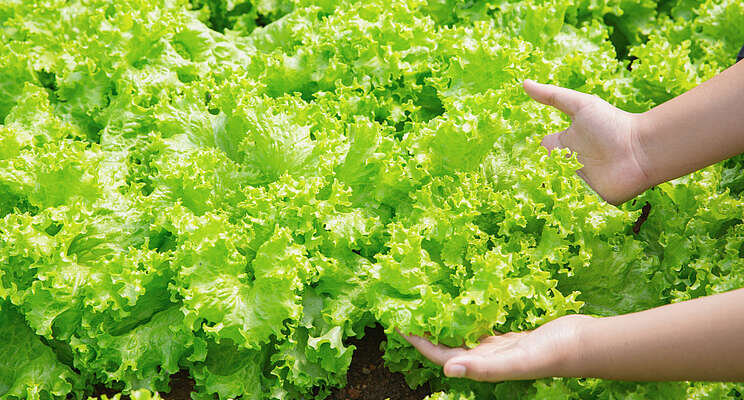CEA poised to become a growth industry
Added on 01 May 2022

Traditional agriculture is highly weather dependent, and many producers of high-value crops are shifting over from field production to controlled environment agriculture. That is where the University of Georgia's Marc van Iersel comes in.
Van Iersel, the Vincent J. Dooley Professor of horticultural physiology in the UGA College of Agricultural and Environmental Sciences (CAES), defines controlled environment agriculture, also known as CEA, as both greenhouse production that relies on natural sunlight and vertical farms that use an electrical light source.
Responding to climate challenges
"One of the reasons a shift is happening is that 90% of all leafy greens produced in the United States are produced in California and Arizona. That area is in a megadrought and there is no end in sight. Because of this, they may not really be able to have water available to grow the crops in what is essentially a desert," he said. Controlled environment agriculture is appealing to producers who are "looking for production systems that may not use as much water in controlled conditions where you can get predictable, year-long production."
In his 27 years at CAES, van Iersel's research has focused on developing sustainable and cost-effective ways to ensure that crops get the amount of light they need to grow.
"The greenhouse has to respond to weather conditions changing all the time," he said. "You have shorter fluctuations from morning to afternoon to evening and year-long fluctuation in many parts of the United States in winter. You need to adjust to it."
Photo created by jcomp - www.freepik.com
Source: Ag News
More news















